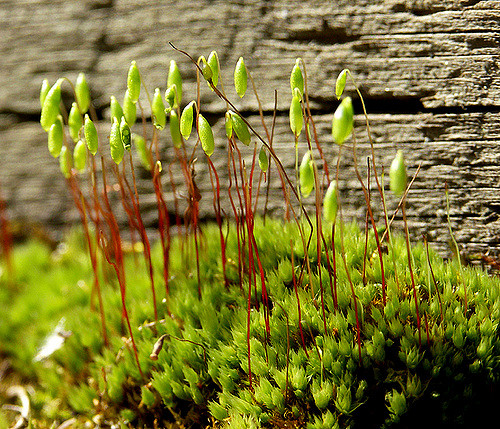
Credit: Marilylle Soveran CC BY-NC 2.0
Moss and lichen make up a large portion of biomass in alpine and arctic ecosystems. With rising global temperatures, vascular plants have begun to colonize these moss-dominated ecosystems, potentially altering the soil composition and ecosystem function of these unique environments. Researchers with the Niwot Ridge LTER investigated how bacterial composition, enzyme activity, and biogeochemistry of alpine soils change as a result of vascular plant colonization, comparing soils from moss dominated and vascular plant dominated plots at two alpine locations in the Rocky Mountain Front Range, Colorado.
As biomass inputs changed, soil bacterial communities changed significantly, with the prevalence of Acidobacteria and Verrucomicrobia increasing under vascular plants. Plots dominated by vascular plants had higher levels of dissolved organic carbon, nitrogen, and phosphorus in soils. The study also found that plots with limited soil carbon showed little biogeochemical response to shifts in plant colonization and soil bacterial composition. Sites with more available soil carbon had larger responses to shifts in plant vegetation and were able to devote more resources to acquiring nitrogen, as demonstrated by enzyme assays.
As vascular plants become more prevalent in higher elevation sites, carbon could mobilize into alpine lakes and streams. Any small increase in dissolved organic carbon in these severely carbon-limited systems could have have major effects on their biodiversity and ecosystem function.
de Mesquita, Clifton P. Bueno, et al. “Plant colonization of moss-dominated soils in the alpine: Microbial and biogeochemical implications.” Soil Biology and Biochemistry 111 (2017): 135-142. doi.org/10.1016/j.soilbio.2017.04.008










